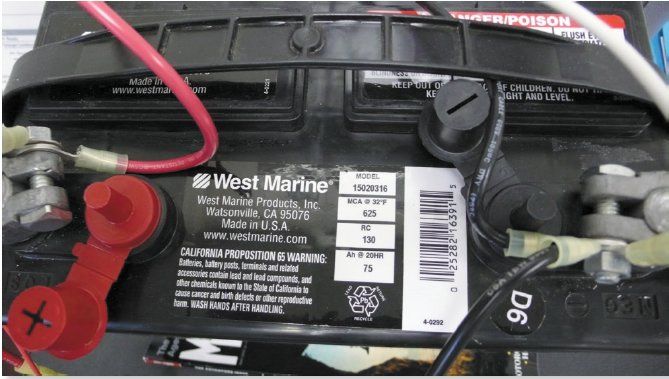More and more new boats in the 40- to 60-foot range are being manufactured with dual-voltage electrical systems (12 VDC and 24 VDC). So we called the electrical engineering departments at a few high-end boat manufacturers to find out about the driving force behind outfitting vessels with 24VDC electrical systems.
The boatbuilders told us that the 12VDC electrical loads on new custom and semi-custom boats over 40-foot boats are staggering. Electric windlasses, electric bow thrusters, electric winches, underwater hull lights, and DC power inverters—these are just some of the “must-haves” on today’s pocket yachts. Unfortunately for the electrical engineers who are designing the distribution systems for these new niche vessels, most of the high-amperage loads are located at opposite ends of the vessel, far away from the vessel’s battery banks.
Although most high-amperage accessories operate for only brief periods of time (bow thruster, windlass), they still require upwards of several hundred amps when operated at 12VDC. Because the cable runs to a bow thruster (high amperage load) are typically long, and we are only starting out with 12 volts, very large diameter power cables are required to keep the voltage to the thruster from dropping more than 10% when the thruster is under load.
Large-diameter cables mean more copper, and more copper means more weight. The last thing a boatbuilder wants to do after having gone through all the expense of using E-glass balsa-cored composite materials or carbon fiber to make their boat lighter, faster and more efficient is to have their own electrical department load down the boat with hundreds of feet of heavy copper wire. The solution is to increase DC system voltage, which reduces the amperage requirements of the DC accessories. With amperage requirements lessened, smaller diameter (lighter) power cable can be installed. This in turn will help the vessel hit its performance numbers.
This sounds like a lot of trouble to save a couple of hundred pounds of weight on a 40-foot vessel, but when you move up into the 60-to 80-foot range, the weight saving averages around 35 to 40 percent.
For more information on marine batteries and other electrical systems, download Marine Electrical Systems, Volume 3, Panels, Monitors, Charging from Practical Sailor.









































